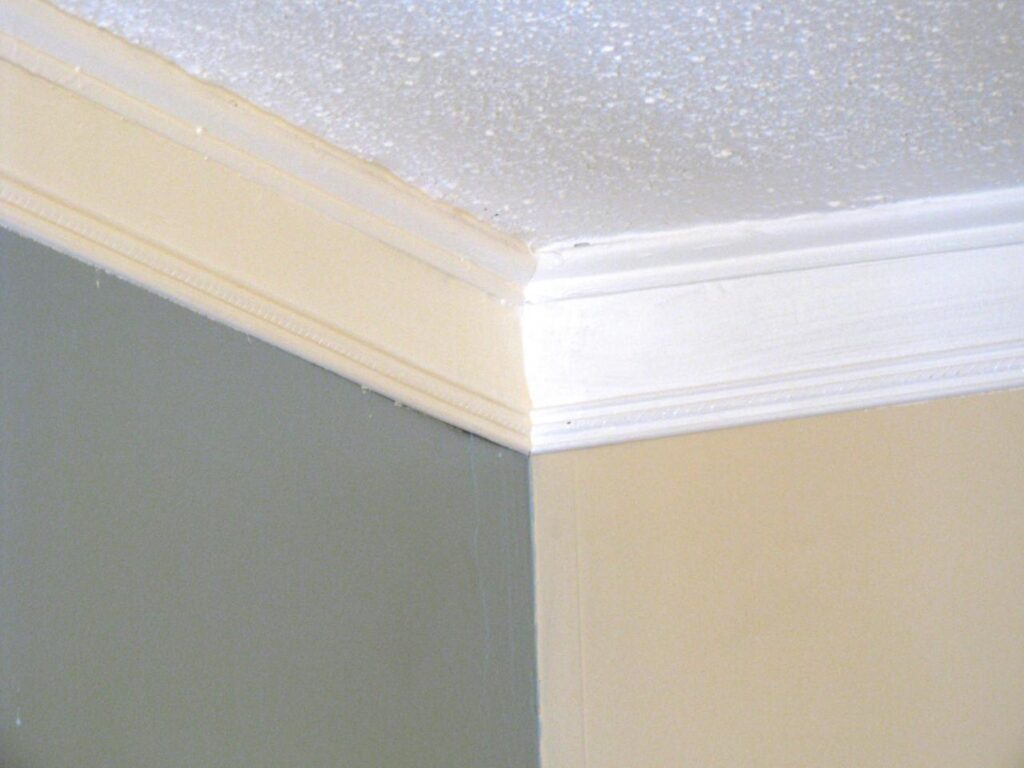If you are looking to add crown molding to your home, you have come to the right place. This article will cover the materials used to make crown molding, how to install it and what to expect once you have finished. There are several simple steps to follow when adding crown molding to your home. You can also hire someone to do the job for you.
Cost of crown molding
The cost can vary widely. It can be extremely expensive if you want to have the molding installed professionally, but do-it-yourselfers can save money by doing the work themselves. Prices are based on the total cost of materials and supplies. For example, wood crown molding can cost more than PVC. Exotic woods like mahogany or stained oak will add to the overall cost.
The installation costs can range from $2 to $6 per linear foot, depending on the style and complexity of the job. Prices vary by material, as well, with solid wood costing about $10 to $15 per linear foot. Polyurethane and PVC cost between $2 and $6 per linear foot, and medium-density fiberboard can cost anywhere from $1 to $3 per linear foot.
Installation costs vary greatly, and the amount you pay will depend on many factors. These factors include the type of crown molding you want and where you need it installed. It includes the cost of the materials, labor, and supplies necessary for the project, as well as any repairs needed before the installation. You should also budget for cleaning the space where the molding will be installed.
Furthermore, the installation requires a moderate to a high level of trim carpentry. It is important to have the necessary tools and experience to make sure the job is done right. It is more challenging than installing other types of trim, and there is a greater chance of error. Fortunately, there are online tools and services that make the process simple and accurate.

Materials used to make crown molding
There are many types of materials used to make crown molding. The most common is wood. There are several types of wood available, including mahogany, pine, and oak. Wood molding can be expensive and requires expert installation to stay intact. Other materials used to make molding include plaster and plastic. Plaster is a good choice for some projects, but can warp and shrink in extreme weather conditions.
Another option is MDF, which is a composite material made from sawdust fibers and resin. It is cheaper than solid wood but is less durable. You can also cover it with wood veneer if you prefer a more authentic look. MDF is also easier to cut and is more likely to nick and dent than solid wood, so make sure you check with your contractor before making the final decision.
Crown molding is great for enhancing the interior of your home. It can cover cracks on ceilings and walls and add interest to a room. It also makes upper cabinets look more appealing. Crown molding adds height to a room and makes it feel more expansive. The decorative elements of crown molding also give it a classy appearance.
Crown molding can be a great addition to any room. It looks great on a wide ceiling, but can also be used to accentuate a smaller space. Small rooms can be made to appear larger by using light colors, and it can even make a non-square room more attractive.
Installation method
There are several different ways to install crown molding. One easy method is to use clip-on molding, which can be installed in the afternoon. These moldings are easy to install and look polished. All that’s required is painting the surface and screwing the molding to the wall. If you’re not comfortable working with hammers and other tools, you can opt to use adhesives instead. Read the manufacturer’s instructions before using any adhesives.
First, measure the length of the wall where you’d like to install the molding. Make sure to measure from corner to corner. Then, mark this measurement on the bottom of the crown molding. Make sure that the mark indicates the direction of the cut. If you have to cut the molding along the edge of the wall, you may need to cut the crown molding at an angle.
Once you’ve measured the wall, you’ll need to figure out how much crown molding you need. Most of the time, it’s easiest to just cut the molding to fit in between studs. You can also buy pre-cut pieces that have an exact miter cut, which makes it easy to conceal wires. Once you’ve got a rough idea of the length of the crown molding, you can begin buying it. You can also label each piece with a pencil number to match your plan-view drawing.
A second method is to splice two pieces of crown molding. This method is known as the scarf joint. The first piece should be cut with a 90-degree angle on one end, and the adjoining piece should be held upside-down. Next, you need to use a miter saw to make a 45-degree inside cut on the second piece.
